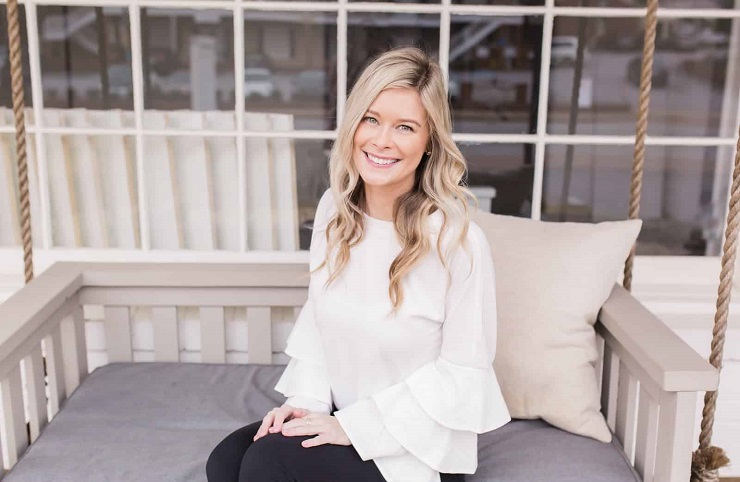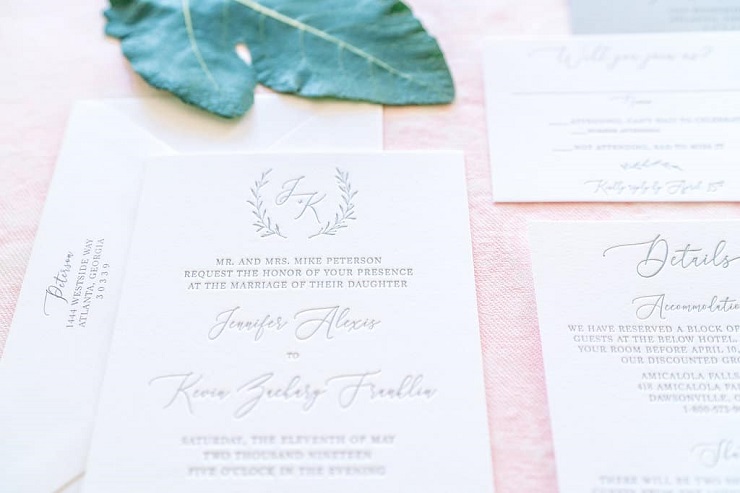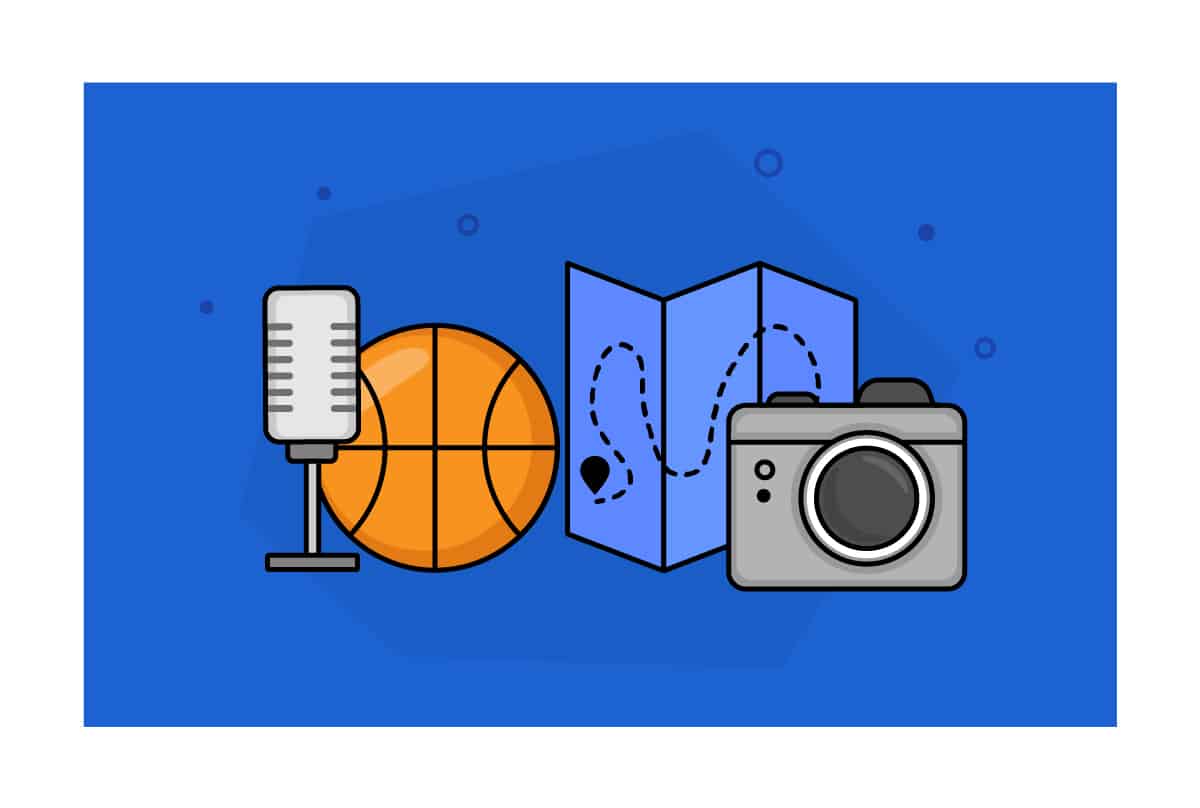Find your passion. Follow your bliss. Do what you love. Sure, such statements are clichéd, but aren’t these the things we all hope for in life? Aren’t these the things we daydream about while sitting at our day jobs watching the minutes tick by on the clock?
If you’re struggling to find work you’re excited about, you’ve probably wondered about how you might turn a hobby into a business. Maybe you’re already participating in one of these hobbies, and you just need advice on how to turn it into a business. Perhaps you’re banking on your hobby one day becoming your ticket out of a job you hate. Or maybe you’re just looking for a side project to break up the doldrums and make a little cash.
Now, just because you love doing something for fun does not mean you need to make money from it. There’s absolutely nothing wrong with doing something purely for self-fulfillment. Having said that, though, what better way is there to make a living than by doing something you love?
In this post, we’ll go over some money-making hobbies that you could turn into full-fledged businesses. We’ll look at real world case studies from entrepreneurs who turned their own hobbies into full-time jobs. And finally, we’ll close with the two most important pieces of wisdom we heard from people who have done this successfully.
7 Hobbies That Make Money—With Real-Life Examples!
Travel: Anna Faustino and Tom Rogers of Adventure in You

In 2015, after having traveled the world for a year, Anna Faustino and Tom Rogers started a travel blog in the hopes of staying connected to their passion and earning some extra money so they could hit the road again. At the time, both of them were working full-time jobs in the Philippines and pining for their next trip. That’s when Anna came across an article that sparked her interest in pursuing blogging.
“After a particularly long day at work and sitting through the horrible city traffic, I randomly read an article of a blogger making $5,000 from their travel blog,” Anna recalls. “Even though at that time, my partner Tom had no idea what a blog was, we decided to give it a go! That same night, we bought a domain after having a little bit too much wine, and that was it.”
In case you’re wondering how travel can be one of those money-making hobbies, check out Adventure in You’s revenue: Today, the couple makes $25,000 to $30,000 per month—three times more than what Anna would make in one year working in the Philippines as a teacher.
But getting there took more work than what was required at their 9-to-5 jobs. The couple spent long hours taking online courses, seeking out mentors, and learning from other entrepreneurs. They’ve grown their travel blog to more than 500,000 pageviews per month with a team of over 11 people.

“Invest in yourself,” Anna advises hobbyists who want to become business owners. “Take the time to master the core skills needed in your business. Get involved in masterminds and learn from other seasoned entrepreneurs. Invest in courses, read books, and adapt the right success mindset.”
If you want to learn more about blogging, Adventure in You has an in-depth post on how to start a travel blog.
Drawing: Molly Maine Creative

Molly Maine has always loved to draw. “When I was a teenager, my mum would complain about ink on the bed sheets because I’d often stay up late at night drawing and painting,” she tells Foundr.
Though she studied illustration at university, upon graduation, she ended up making a decision many artists feel obligated to make: She decided to pursue a career in a field with more reliable income. For Molly, that was marketing. For the next eight years, she worked various jobs in marketing and design in London, while burying her nose in her sketchbooks during her free time.
Eventually, Molly decided to leave London and travel. Four months later, she found herself in the Himalayas, low on funds and in desperate need of an income source.
“So from the corner of a small mountain cafe, I got out my laptop and decided to post on Facebook, announcing to my friends that I was available for freelance illustration and design work,” Molly says. “To my great surprise, within 24 hours, my inbox had filled up with small jobs from my friends! Suddenly, I had the makings of a business, and before I knew it, I was working remotely from the Himalayas.”
For two months, she remained in India, keeping her costs low (rent was just £3 a night) and working for low rates just to get her business off the ground.
“I started off mainly doing jobs for friends, such as illustrating wedding invitations and designing flyers,” she says. “But soon I began getting referrals to work on bigger jobs for clients I’d never met. It was at this point I started to take things seriously.”
Molly worked nonstop those first couple of months, reading business books, building her website, registering her company, creating a portfolio, and trying to understand tax and accounting.
“It was a steep learning curve,” she says. “But each new client I got spurred me on and gave me the confidence to continue.”
Her first milestone was hitting £500 a month, an amount that would allow her to live comfortably in Thailand or India and grow her business from there. Her second milestone was matching the salary she earned as a marketing executive in London. And her third milestone was to double her previous job’s monthly salary.
“Once I’d hit this milestone it gave me the financial freedom to realize that when you have your own business, the sky really can be the limit,” Molly says. “If you’re passionate about something and you’re willing to work very hard and not give up, then I believe you will eventually be rewarded.”
Today, she continues running her business, Molly Maine Creative, as a location-independent entrepreneur who’s currently living in Vietnam.
What advice does she give to hobbyists who want to become entrepreneurs? “Keep learning. Just because something is your hobby and you love it, it doesn’t mean you’re the best at it or that you know how to turn it into a successful business. Bridging that gap from passion to paycheck involves a lot of hard work, and ultimately, a lot of learning about business and about your area of expertise.”
Every morning, Molly reads and listens to podcasts to keep up to date on her field of work and stay inspired. She also takes online courses and continues to improve her design and business skills.
Designing Wedding Invitations: Steph Brown of Oh My! Designs

Feeling unfulfilled at her insurance job, Steph Brown started designing invitations and stationery as a creative outlet. In April 2013, she opened an Etsy shop with the goal of selling two orders in her first month. Within 24 hours, she was halfway to that goal.
“My phone made a weird sound, and I realized it was a ‘cha-ching’ notification for my first sale,” Steph tells Foundr. “A buyer ordered a set of personalized notecards.”
In that first month, she made 27 orders for $1,000—way beyond her original goal. But she is quick to point out that that level of selling wasn’t consistent.
“It was a great start, but the months to follow weren’t quite as fruitful,” she says. “I kept at it and eventually incorporated wedding invitations into my shop, knowing this would be the difference in a side hustle and a business that I could pursue full time.”
Less than two years after launching her Etsy shop, Steph cut back to part time at her day job so she could have more time to invest in her growing business. By the end of that year, she quit her job to pursue her shop full time; she already had a waiting list of clients.
“Turning a hobby into a business is more than just signing up for an LLC and getting a sales permit,” she says. “There is a mindset shift. I treated my hobby like a business from almost the very beginning, which is why I think it really grew the way it did.”

Cosplay: Svetlana Quindt and Benni Schwarz of Kamui Cosplay
Svetlana Quindt got into cosplay in 2003 just for fun; she had no intention of making money from it. When she started writing about how to make costumes, she only did it to practice her English (she’s from Germany). Eventually, she gained a following, and people started commissioning her to make costumes for them.
In 2013, she decided to quit her job to have more time for costume-making and participating in cosplay. Some people gave her the idea of writing books on how to make costumes, and that’s when the real income started rolling in. While Svetlana still occasionally takes commissions and judges costume competitions, she and Benni derive their primary income from their books! To date, they’ve written more than 12.
“What I really want to say is that from the very beginning we never planned on becoming full-time cosplayers or doing this whole thing professionally,” Svetlana says in her YouTube video on how she made cosplay her job. “It was all just a lucky, very lucky coincidence.”
I love Svetlana’s story because, as you can see, her hobby is cosplay, not writing books. But it is through writing books about her hobby that she’s able to make a living. Consider this when you’re considering hobbies that make money; you may not necessarily get paid to do your hobby, but you can get paid to show others how to do it.
Photography: Marc Andre of Vital Dollar
This story is unique because when most people think of someone turning a photography hobby into a business, they probably think of freelance photographers who get paid for photo shoots. But Marc Andre of Vital Dollar did things a little differently. Not once did he get paid to take someone’s photo.
Instead, Marc turned his photography hobby into over $1 million in profit through building and selling photography websites! He made a combined income of $555,826 running three websites, and then he made an additional $694,400 when he sold them.
How did he build up such successful, money-making sites? Here are just a few things he did: He created products, which are great because (as opposed to affiliate marketing), you can keep more of the profits since no one is taking a cut of your commission. He also outsourced the creation of some of his products. Lastly, he reached out to get backlinks from other sites, which helped him grow his traffic; getting backlinks can also boost your SEO efforts.
In this blog post on how he did it, he writes, “What I hope that you take away from this article has nothing to do with photography or the industry. The same approach that I used could be used in just about any industry or niche.”
Beauty and Fashion: Miss YanYi
YanYi joined YouTube in 2012, and in 2016, she quit her $80,000/year corporate job to pursue YouTube full time. Her channel features beauty and fashion tips, from her skincare routine to holiday hairstyles.
In the above video, YanYi shares a moment of realization she had while at a shooting range. The trainer told her to “focus on the target” and “not anticipate the bang.” She listened to his advice, and on her first shot, she hit the target. But the second time she shot, she anticipated the noise and totally missed.
She compares that shooting range example to following your dreams. When you decide to pursue a passion full time, there are scary things that come with it (the “bang”), but if you stay focused on your target, you’ll hit your goals.
Healthy Living: Sadia Badiei of Pick Up Limes
Sadia Badiei uploaded her first YouTube video—a 44-second video of a smoothie recipe—in January 2017. A year and a half later, she had amassed 1 million subscribers, and today, she has 1.5 million. Her channel, Pick Up Limes, shares everything from vegan recipes to money-saving hacks.
Even though she’s YouTube famous now, she had humble beginnings. She actually started filming recipe videos with her sister long before she joined YouTube.
“So remember that the beautiful thing with starting small, with whatever your vision is, is that it’s going to encourage you to get creative and work with what you have,” Sadia says in her video celebrating 1 million subscribers. “And remember that it’s going to continue to grow and expand as you do, so just keep working at it.”
Should You Turn Your Hobby Into a Full-Fledged Business?
By now, I hope you see how even the most random hobbies can become full-time jobs. It’s exciting! But should you turn your own hobby into a business?
Before pursuing any of these money-making hobbies, try to answer the following questions:
- What’s your goal? Are you merely hoping to earn some extra cash on the side? If so, there’s no need to turn your hobby into a business. It can remain a hobby, and you can keep your day job. If, however, you hope to replace your salary so you can finally quit your 9-to-5, it may be worth turning a money-making hobby into something more.
- Will turning your hobby into a business suck the fun out of it? For many, hobbies are outlets for all the stress and creativity building up within them. They’re a reprieve from a life that feels like it’s all about paying the bills. For some, once they start treating their hobby as a business, it starts to feel, well, like work. So you really need to think about how much you love your hobby, and if it’s something that you want to remain untouched by all the stress that comes with running a business.
- Is there another viable business idea you’d like to pursue? Again, just because you love your hobby doesn’t mean you need to make it a business. Are there other business ideas you could pursue? If so, you might want to try those first.
- Do you have any proof that your hobby will make money? This is probably the toughest question to answer if you’re new to entrepreneurship. It’s hard to step back and be honest with yourself about whether anyone would actually want to buy whatever it is you make as a hobby. The best way to know if your hobby will sell is to try to sell it now. This is called validating a business idea. You validate a business idea to save yourself from wasting time and money on an idea that will never work out.
Take another look at Molly Maine’s story: She validated her business idea by posting to Facebook that she was selling illustration and design services. That’s how she got her first clients (friends who were willing to pay her for designs).
By earning real money from real people, she validated that there was a demand for what she wanted to sell. And it didn’t cost her anything but the time it took to write that Facebook post! Plus, it wasn’t until after she validated her business idea that she went all in and built a website, among other things.
How to Monetize a Hobby
Choose 1 of 2 Paths
- Get paid for the hobby. Example: Making cosplay costumes.
- Get paid to show others how to do the hobby. Example: Writing books on how to make cosplay costumes.
Remember Svetlana’s story? These days, she takes on the occasional commission for a costume, but the vast majority of her income is from writing books on how to make costumes.
If your hobby doesn’t lend itself well to income in and of itself, consider creating content that teaches others how to do it.
If you ever figure out how to monetize eating, please let me know…
Create a Business Plan
One way to ensure that you treat your hobby like a business is to create a formal business plan for it. While it may seem like a mere formality, a business plan can increase your chances of success and give you a clear roadmap for getting where you want to go.
Set Your Rates
Another key factor to succeeding in your fledgling business is to set competitive rates. In the beginning, it’s sometimes okay to start at lower rates to attract your first clients (like Molly did), but then quickly raise those rates as soon as you’ve built your portfolio.
Register Your Business
Now that you’re a full-fledged business, and not just a hobby, you’ll need to make it official by abiding by any local, state, and federal regulations. Read more about how to incorporate your business.
Brush Up on Continuing Education
There’s always more to learn, and now that you’re a business, you need to stay up-to-date on the latest developments in your industry. The added bonus here is that now that you’re a business, continuing education (books, courses, workshops, and the like) can be tax-deductible expenses!
Be Patient
Full-time income from your hobby will not happen overnight. It won’t happen in the next month, either. This can be a hard pill to swallow when you’re itching to ditch your day job, but it’s an important realization to have. For example, Svetlana got into cosplay in 2003, and it wasn’t until 2013 that she quit her day job. Molly, on the other hand, was able to match the income from her previous job with her freelance design work within five months.
Having said that, though, you can certainly fast track your path to a full-time income by having a plan in place and knowing what your income goals are. With Svetlana, she had no intention of ever making money from her cosplay hobby when she started out, so it makes sense that it took her longer to do so.
Go Turn Your Money-Making Hobby Into a Business!
From travel to drawing to cosplay to photography, there are tons of money-making hobbies out there that you may not have even realized could turn into full-time businesses!
I hope you can see from the examples in this article that the hobbies that make money are simply the ones you start treating like businesses. It’s not so much about the hobby itself as it is about your ability to get creative in how you might monetize it.
For example, while Marc could’ve started doing portrait shoots to make money with his photography hobby, he chose to build websites that provided photography information instead. Think outside the box, and you’ll be amazed at where your hobby can take you.
And lastly, there are two common themes I noticed among the entrepreneurs I interviewed for this piece:
They all took courses to learn more about their craft, and they all talked about a turning point when they started taking their hobby seriously and treating it like a business.
You won’t take your craft from hobby to business by continuing to dabble in it like it’s just something you do for fun. Invest in classes and carry yourself like an entrepreneur—after all, as soon as you decide to start a business, you are one!

















